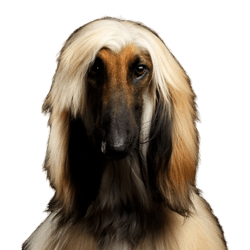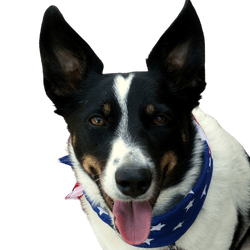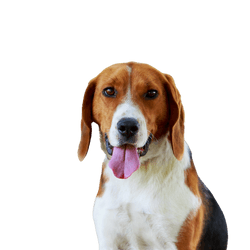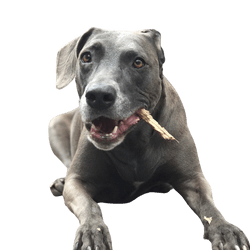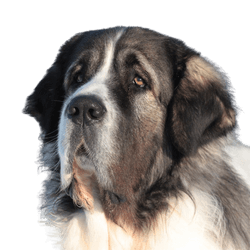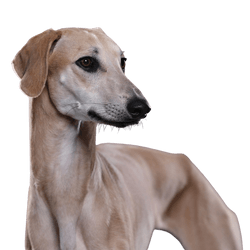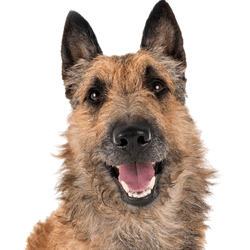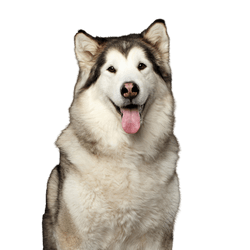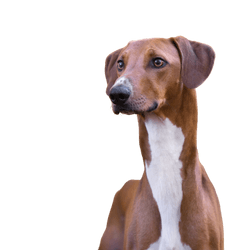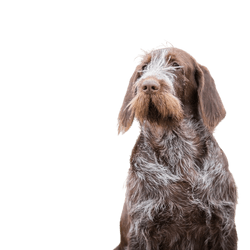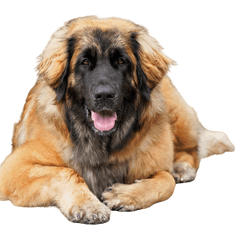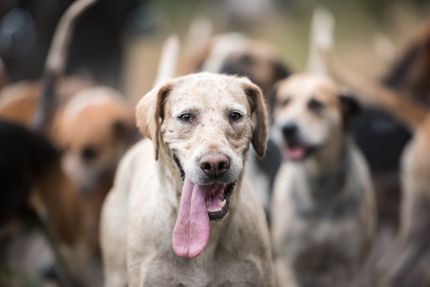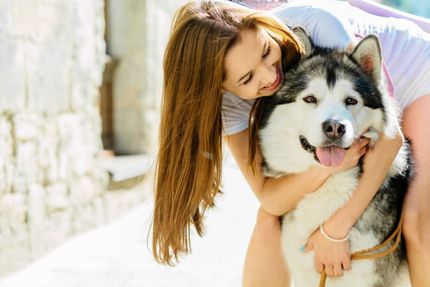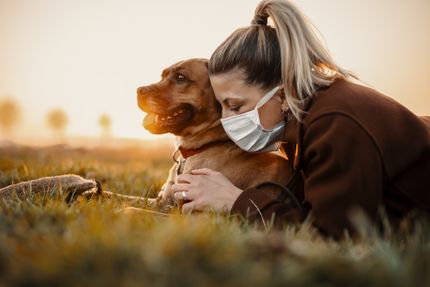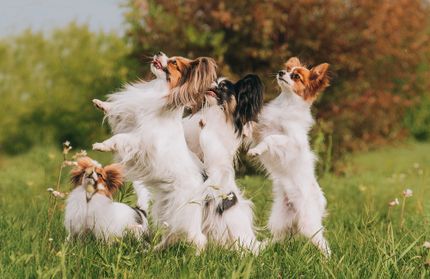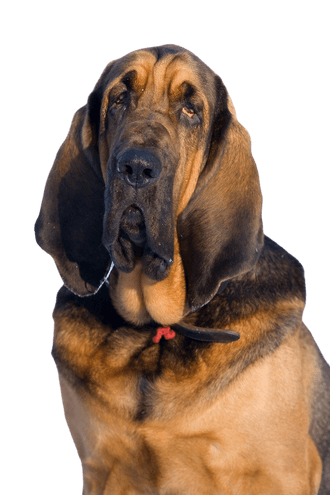
Chien de St. Hubert Breed description: Character & Co
Chien de St. Hubert
Facts & Origin
Ancestry and origin
The Belgian dog breed was bred by monks of the Saint Hubert monastery in the Ardennes, which is where this specific name comes from. Other common names for the dogs are Bloodhound, Saint Hubert Dog, or simply Hubertus Dog. The breed's ancestors were probably used as running dogs for hunting by Celts and Gauls as early as the 2nd century. In the 11th century, the dog came to England, where it has been called the Bloodhound ever since.
Breed characteristics and nature of the Bloodhound
The Chien de Saint-Hubert is an FCI-recognized breed of dog that is listed in FCI Group 6 (Running Dogs, Welding Dogs and Related Breeds), Section 1.1 (Large Running Dogs), Standard No. 84, with working test. Its breed standard is developed and set in Belgium.
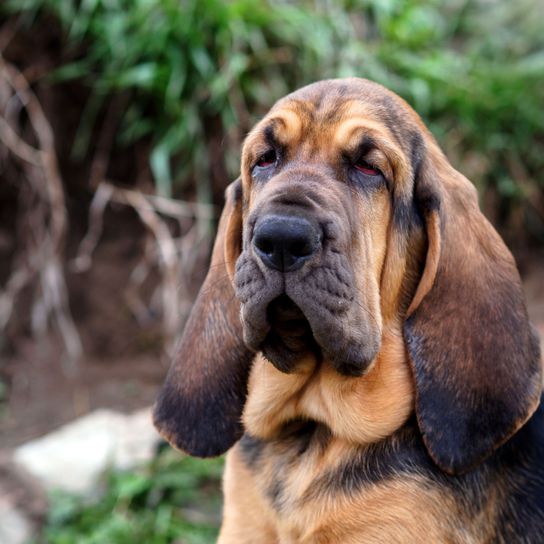
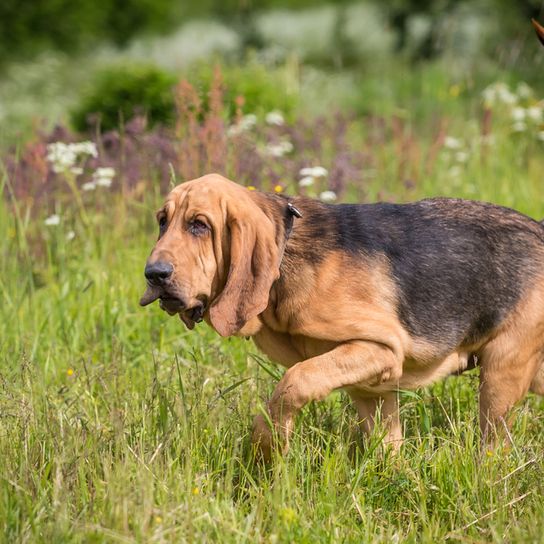

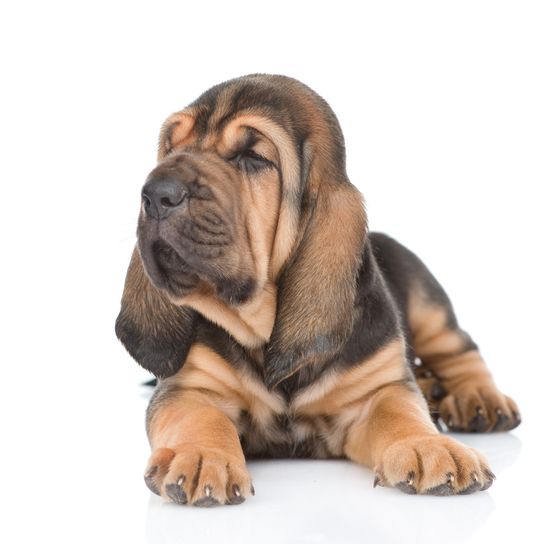
| Alternate Name | Saint Hubert Dog, Bloodhound, Chien de Saint Hubert |
| Origin | Belgium |
| Life expectancy | 10 - 12 years |
| Care requirements | low-maintenance |
| Activity level | average |
| FCI group | Scent hounds |
| AKC group | Hound Group |
| KC group | Hound Group |
Attitude, character and temperament of the breed
Character and temperament of Hubertus Dog
The breed is used as a running and pack dog for big game (e.g. deer). Furthermore, as a hunting dog for tracking, as a tracking dog and as a family dog. Especially as a tracking dog the breed has excelled. It is said to have the best nose of all dogs and to be able to pick up and successfully follow tracks that are several days old. In the breed standard, the Chien de Saint-Hubert is described with the following traits:
- gentle
- affectionate
- calm
- friendly
- sociable
Attitude and education
The Hubertushund needs a lot of run and occupation and demand a lot of attention from their master, on whom they are also very strongly fixed. The dogs can be quite stubborn, so their upbringing is not easy. Inexperienced dog owners are quickly overwhelmed. The dogs require strong leadership and are equally sensitive to both praise and reprimand. Attending a dog school when they are puppies is advisable.
Character
Usage

Health and breeding information
Care and nutrition
The short, weatherproof coat of the dogs is very easy to care for and only needs to be brushed from time to time. To avoid inflammation, the long ears and also the eyes should be checked regularly and cleaned if necessary. Fixed times of the day for feeding (one to two meals per day), with fixed daily rations and not too many treats in between, are the cornerstone for a long healthy dog life.
Health and life expectancy of the Hubertushund
This old dog breed also has to deal with the usual problems of large dogs: hip dysplasia (HD) and elbow dysplasia (ED). Since both joint diseases are hereditary, appropriate breeding selection can exclude these diseases as far as possible. Other common diseases are eye problems, such as entropion (malpositioning of the eyelid), ectropion (turned-out eyelid) or cherry eye (prolapsed nictitating gland) as well as skin inflammations, mainly in the deep skin folds at the mouth. The average life expectancy of the dogs is 10 to 12 years.
Interesting facts about the Chien de Saint-Hubert
The Chien de Saint-Hubert belongs to the rather rarely represented breeds in Europe. Because of their pronounced stubbornness, the dogs are not very popular as family and companion dogs. If you still want to try, you should take enough time to find a reputable breeder. A good first port of call to buy one of these dogs are the official national Bloodhound Clubs, which also exist in Germany, for example the Saint Hubert-Bloodhound Club von Deutschland e.V..


Breed characteristics and appearance of the Bloodhound
The large-bodied dogs have a muscular but harmonious build. Their swaying gait appears elastic and supple. The fine, short hair of the dogs appears in the coat colors bicolored black and tan, bicolored liver and tan or solid red. A typical identifying feature is the long neck with prominent folds. Males have a height at withers of 68 ±4 cm and a weight of approx. 46-54 kg. Bitches have a height at the withers of 62 ±4 cm and a weight of approx. 40-48 kg.
| Fur length | short |
| Fur | flat coated |
| Ear shape | Floppy Ear |
| Tail | lang |
| Anatomy | massive |
| Size ♀ | 84 - 56 cm |
| Weight ♀ | 36 - 45 kg |
| Size ♂ | 60 - 69 cm |
| Weight ♂ | 41 - 50 kg |
| Suitable For | - |
Colors

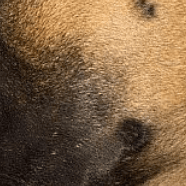
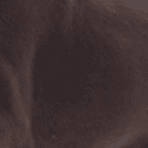
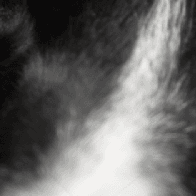
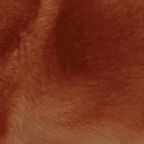
Known Diseases
Eye diseases
Often occur with allergies and intolerances.
Elbow dysplasia (ED)
Elbow joint dysplasia is a chronic disease complex of the elbow joint of fast growing dog breeds.
Joint problems
Especially due to overweight, joint problems can occur in dogs.
Skin inflammations
Can be hereditary in certain breeds.
Hip dysplasia (HD)
The hip dysplasia or hip joint dysplasia of the dog (HD) is a maldevelopment of the hip joint.
Other large dogs
Useful Articles
You can find articles that might interest you in the dogbible blog to match your favorite breed.
Visit our magazineto stay up to date on dog trends.
To find out more, view our Privacy Policy
Find here the breed that suits you and find out what character traits it has. Here you can also learn more about the origin, size and weight of your favorite breeds.
Matching your favorite breed, you'll find articles that might interest you on the dogbible dog blog.
Respiratory diseases in dogs - bronchitis and co recognize and combat
Rabies in dogs - rabies vaccination and signs that your dog is affected

